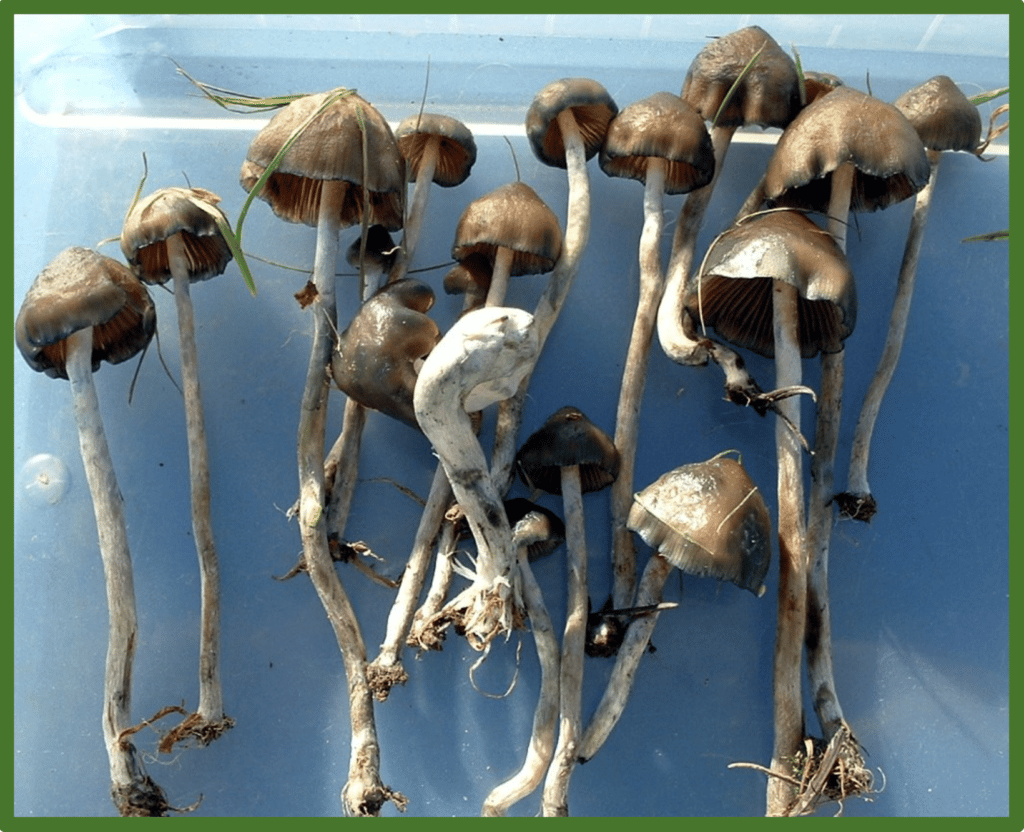8 Easy Facts About B+ Magic Mushroom Genetics – Liquid Culture – Spawn Described

You have actually most likely heard about the restorative advantages of psilocybin therapy, maybe through ‘magic’ mushrooms mentions of pen names like ‘shrooms’. However, did you know that there’s over 180 psilocybin mushroom types that could occasion your consciousness-expanding journey through space and time? Though some may be quicker available than others, each of these types comes equipped with their own visually-cadent spirit of hallucinogenic climb.
Today, we’ll https://thirdshroom.com/product/penis-envy/ be diving head-first into the exquisitely unique properties of a few of the most popular healing mushroom stress on the marketplace, including their trademarked shapes, gill structures, and most importantly, their healing impacts. Nevertheless, we wish to keep in mind that the stress of your psychedelic mushroom medicine is eventually of not excessive value.
It’s actually your recovery objective and ability to give up that sways the prognosis of your trip. psychedelic research study institutions suggest that understanding the pressure you have might certainly be of worth to psychedelic treatment, in order to make more informed choices on dose and psychedelic security. Psilocybe cubensis pressures are most likely the image that enters your mind when we believe of healing psychedelic mushrooms.
Local to the tropics of Gulf Coast states, «cubes» are among the most widely dispersed species since of their easy-to-cultivate homes, naturally sprouting in livestock dung and grown inside with substrates like coffee or wild rice flour. These medical fungis frequently bruise blue due to oxidation, with narrow gray gills edged by an off-white color, typically including 10-12 mg of psilocybin per gram of dried mushrooms.
The Only Guide for Do Magic Mushrooms Have ‘Strains’ Like Cannabis?
cubensis has been the fortunate topic of much selective breeding, yielding over 60 divergent stress like Wavy Caps and Penis Envy. The outcome? Carefully curated hybrid species of mushrooms whose wanted qualities have been separated to produce increased hallucinogenic impacts (as much as 12x more potent) and much better adjustment to unpredictable environmental conditions.
Now let’s explore the extensive hereditary analogs, of these psychedelic mushrooms. ‘Golden Teacher’ is amongst the most favored strains of restorative psychedelic mushrooms. Their beautifully plump, smooth-to-the-touch caps produce a tint of burnt-orange that fades into a slightly paler, somewhat-girthy stem. Travelling with Golden Teachers will take you along for an extremely introspective flight.
63% psilocybin, 0. 60% psilocin, and 0. 25% baeocystin, and with a much shorter than typical journey duration of 2-4 hours, making it an ideal stress for the not-so-experienced journeyer. The healing powers of these difficult, little mushrooms need to not be neglected. In reality, Golden Educators make their claim to fame by depositing a palpable sense of ancient intelligence through consoling feelings of heart-centered warmth and love.
‘Albino Goodies’ or albino mushrooms are a cross between the strains Golden Instructor and Albino A+ (AA+). They’re often deemed among the most potent pressures of cubensis and this popular speculation comes from the presumption that AA+ is biochemically similar to Panaeolus, which would describe why their potency is so extremely sought-after (0.
More About How To Grow Psilocybin Mushrooms At Home For Beginners: 5 …
This dynamic combination thoroughly draws out the unreserved knowledge, deeply reverenced in Golden Teacher stress, to produce revelatory experiences that utilize the reportedly quicker-acting, physically-racing strengths of AA+. Though the name suggests AA+ is albino, their cream-colored fruiting body falls more in par with a leucistic denomination, revealing visible indications of decreased pigmentation.
Psilocybe azurescens, aptly tagged ‘Flying Saucers’, are a relict restorative stress of P. cubensis that are believed to have been found in 1979 by a group of Kid Scouts roaming the forested grounds of Oregon state. Later on, American mycologist, Paul Stamets, was the first to call and recognize this stress in 1996.
